Using Hobs without a Hobbing Machine
| Brian H | 01/01/2019 20:26:29 |
2312 forum posts 112 photos | I believe that hobs also assist in turning the gear blank to generate the correct forms but could a hob be used set so that there is no turning moment and would it generate the correct forms if the blank was rotated a tooth at a time as used with gear cutters? Brian |
| JasonB | 01/01/2019 20:39:58 |
25215 forum posts 3105 photos 1 articles | A hob with helical teeth would just cut away all your gear blank if it were not rotated in time with the hob. But you can make straight tooth hobs with just a Rack form that can be used by indexing the blank and they will form close to the correct curved profile on the teeth. |
| Phil P | 01/01/2019 21:41:17 |
| 851 forum posts 206 photos |
This might interest anyone who likes studying gear cutting principles. It is my Alexander Master Toolmaker milling machine set up as a sort of Sunderland gear shaper. The indexing head has been geared to the table traverse so it rotates the gear blank as the table moves, the Sunderland cutter is going up and down on the slotting head with a clapper box similar to a shaping machine. A few teeth are generated at one go, then the table is returned to its start point ready for the next pass, but crucially the gear blank is manually rotated so as to overlap the previous teeth with the next new ones. I cannot claim this idea as mine, it was my late father who designed it, he cut a full set of Myford changewheels on it going up in one tooth increments so there is quite a large stack of them. Phil |
| daveb | 01/01/2019 21:52:55 |
| 631 forum posts 14 photos | Isn't that the hat from the first Harry Potter film?
|
| Phil P | 01/01/2019 23:12:54 |
| 851 forum posts 206 photos | Yeah, it looks a bit wonky though because it's about five photo's stitched together. Phil |
| Hopper | 01/01/2019 23:41:46 |
7881 forum posts 397 photos | Wow! To both the machine set up and what must surely the the world's most comprehensive set of Myford change gears. |
| Phil P | 01/01/2019 23:59:43 |
| 851 forum posts 206 photos | Dad did not really need all those change wheels, his Myford S7 (now mine) has a screw cutting gearbox as well. He just did it because he could, he was a very clever fella. He also designed a spiral bevel gear cutting attachment for the Myford, but that's another story. Phil |
| thaiguzzi | 02/01/2019 04:43:26 |
704 forum posts 131 photos | Phil P, beautiful machine. Nice work. Kudos. |
| Joseph Noci 1 | 02/01/2019 05:15:34 |
| 1323 forum posts 1431 photos | I agree! A VERY nice machine you have there! DO you have all the head attachments - Horizontal mill, vertical, etc? Very nice.. Joe |
| "Bill Hancox" | 02/01/2019 06:12:15 |
257 forum posts 77 photos | Posted by Phil P on 01/01/2019 21:41:17 This might interest anyone who likes studying gear cutting principles. It is my Alexander Master Toolmaker milling machine set up as a sort of Sunderland gear shaper. Makes me wonder who had the most patience; your Dad; or your Mom. Nonetheless a beautiful piece of kit. |
| Phil P | 02/01/2019 07:19:05 |
| 851 forum posts 206 photos | Posted by Joseph Noci 1 on 02/01/2019 05:15:34:
I agree! A VERY nice machine you have there! DO you have all the head attachments - Horizontal mill, vertical, etc? Very nice.. Joe Yes The machine is fully tooled up with all the goodies, the only one I dont have is a spiral milling attachment. Phil |
| Phil P | 02/01/2019 08:11:40 |
| 851 forum posts 206 photos | Just to put the subject back on track. If you make a hob with circular grooves which conform to the rack tooth dimensions, that is a hob with NO helix angle. You can take one pass through the blank mounted on a dividing head and with the hob centred, then index one tooth and take another pass until you have gone all the way round. You will get a good approximation of an involute tooth form, the difference being that it will be made up of a lot of tiny flats as opposed to being a generated curve, for a lot of slow rpm jobs they will perform adequately. Phil |
| John Haine | 02/01/2019 09:41:05 |
| 5563 forum posts 322 photos | Phil, surely you don't index one tooth but a fraction of a tooth and displace the blank slightly? Otherwise you will just get straight sided teeth. I seem to recall an article by Neil Wyatt (?) describing this in MEW. |
| JasonB | 02/01/2019 09:53:07 |
25215 forum posts 3105 photos 1 articles | John, the cutter will cut several teeth at one setting so you get a sort of faceted shape to the tooth,here is one I prepared earlier
Edited By JasonB on 02/01/2019 09:57:06 |
| John Haine | 02/01/2019 09:59:29 |
| 5563 forum posts 322 photos | That depends on the number of gear teeth surely? At some number it only cuts one; then 2, 3 and so on as the number of teeth increases. For lower numbers of teeth the tooth form tends to a rack, which is the exact opposite of normal involute where higher numbers tend to rack form. I'd like to see the numbers. |
| Andrew Johnston | 02/01/2019 10:05:07 |
7061 forum posts 719 photos | Posted by John Haine on 02/01/2019 09:41:05:
Otherwise you will just get straight sided teeth. Incorrect; it's basically the same technique as the "Sunderland" planer shown by Phil. As illustrated by Jason you end up with the correct tooth form, but approximated by a series of straight lines. If you index by a fraction of a tooth width and offset the hob you simply increase the number of straight lines, and they're shorter, so you end up with a better approximation. When free hobbing a worm wheel the last operation, once at full depth, was to move the worm wheel along the axis of the hob by a fraction of the worm pitch: If I recall I did four increments; at each increment cutting noise could be heard, until the worm wheel had made one rotation. Andrew |
| JasonB | 02/01/2019 10:11:07 |
25215 forum posts 3105 photos 1 articles | In the example shown in the three sketches it would not be hard to go around again at "half tooth" spacing with the cutter moved by half the pitch which should double the number of facets. Probably not needed on Brian's traction engine gears that may well have had cast teeth to start with. |
| Pete Rimmer | 02/01/2019 10:13:08 |
| 1486 forum posts 105 photos | You would need to use less table traverse per stroke to keep the facet-count down and reduce chip load on smaller tooth counts but the shape would always be correct IMO. |
| Brian H | 02/01/2019 15:22:19 |
2312 forum posts 112 photos | The straight tooth hob sounds ideal, thanks Phil and Jason. Brian |
| Neil Wyatt | 02/01/2019 16:28:36 |
19226 forum posts 749 photos 86 articles | Yes, I can confirm the parallel hob approach works well: A major advantage is that it makes cutting gears with non-standard centre distances very easy, although if overdone the tooth shapes start to suffer. Edited By Neil Wyatt on 02/01/2019 16:30:04 Edited By Neil Wyatt on 02/01/2019 16:32:33 |
Please login to post a reply.
Want the latest issue of Model Engineer or Model Engineers' Workshop? Use our magazine locator links to find your nearest stockist!
Sign up to our newsletter and get a free digital issue.
You can unsubscribe at anytime. View our privacy policy at www.mortons.co.uk/privacy
- *Oct 2023: FORUM MIGRATION TIMELINE*
05/10/2023 07:57:11 - Making ER11 collet chuck
05/10/2023 07:56:24 - What did you do today? 2023
05/10/2023 07:25:01 - Orrery
05/10/2023 06:00:41 - Wera hand-tools
05/10/2023 05:47:07 - New member
05/10/2023 04:40:11 - Problems with external pot on at1 vfd
05/10/2023 00:06:32 - Drain plug
04/10/2023 23:36:17 - digi phase converter for 10 machines.....
04/10/2023 23:13:48 - Winter Storage Of Locomotives
04/10/2023 21:02:11 - More Latest Posts...
- View All Topics
- Reeves** - Rebuilt Royal Scot by Martin Evans
by John Broughton
£300.00 - BRITANNIA 5" GAUGE James Perrier
by Jon Seabright 1
£2,500.00 - Drill Grinder - for restoration
by Nigel Graham 2
£0.00 - WARCO WM18 MILLING MACHINE
by Alex Chudley
£1,200.00 - MYFORD SUPER 7 LATHE
by Alex Chudley
£2,000.00 - More "For Sale" Ads...
- D1-3 backplate
by Michael Horley
Price Not Specified - fixed steady for a Colchester bantam mark1 800
by George Jervis
Price Not Specified - lbsc pansy
by JACK SIDEBOTHAM
Price Not Specified - Pratt Burnerd multifit chuck key.
by Tim Riome
Price Not Specified - BANDSAW BLADE WELDER
by HUGH
Price Not Specified - More "Wanted" Ads...
Do you want to contact the Model Engineer and Model Engineers' Workshop team?
You can contact us by phone, mail or email about the magazines including becoming a contributor, submitting reader's letters or making queries about articles. You can also get in touch about this website, advertising or other general issues.
Click THIS LINK for full contact details.
For subscription issues please see THIS LINK.
Model Engineer Magazine
- Percival Marshall
- M.E. History
- LittleLEC
- M.E. Clock
ME Workshop
- An Adcock
- & Shipley
- Horizontal
- Mill
Subscribe Now
- Great savings
- Delivered to your door
Pre-order your copy!
- Delivered to your doorstep!
- Free UK delivery!



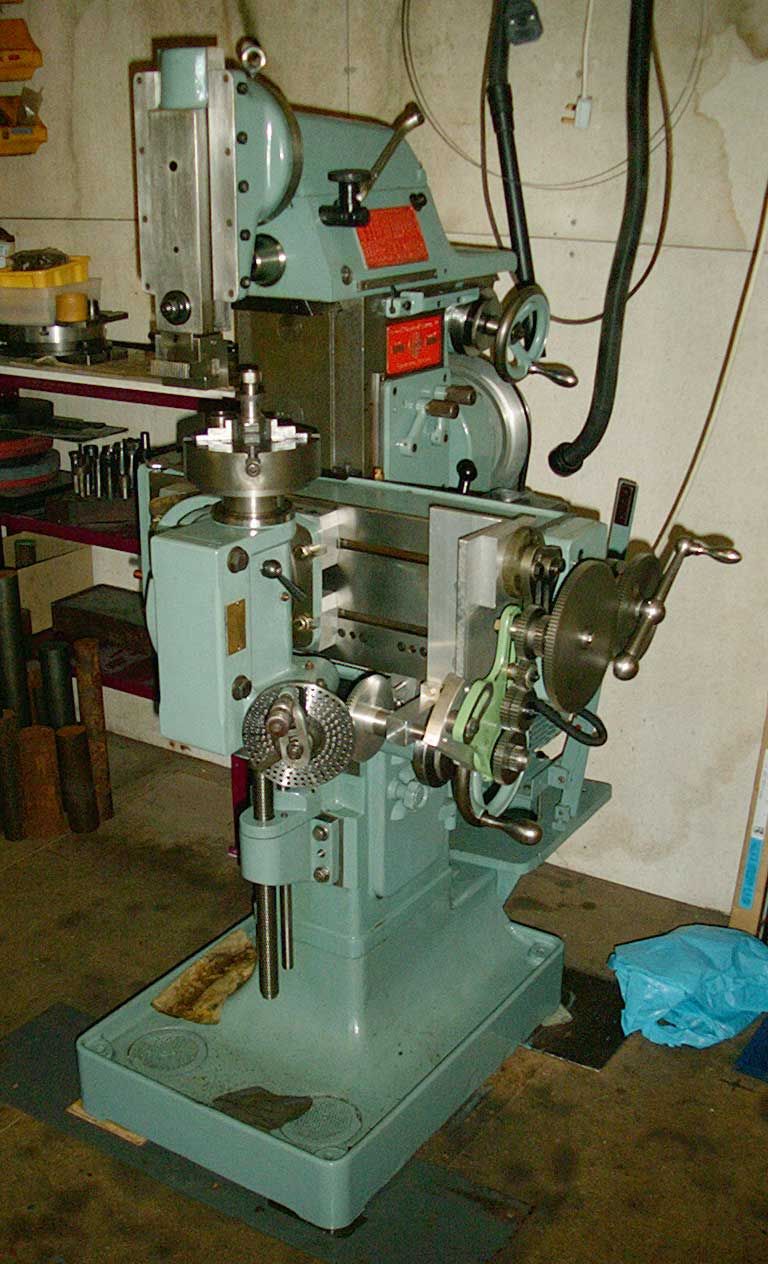

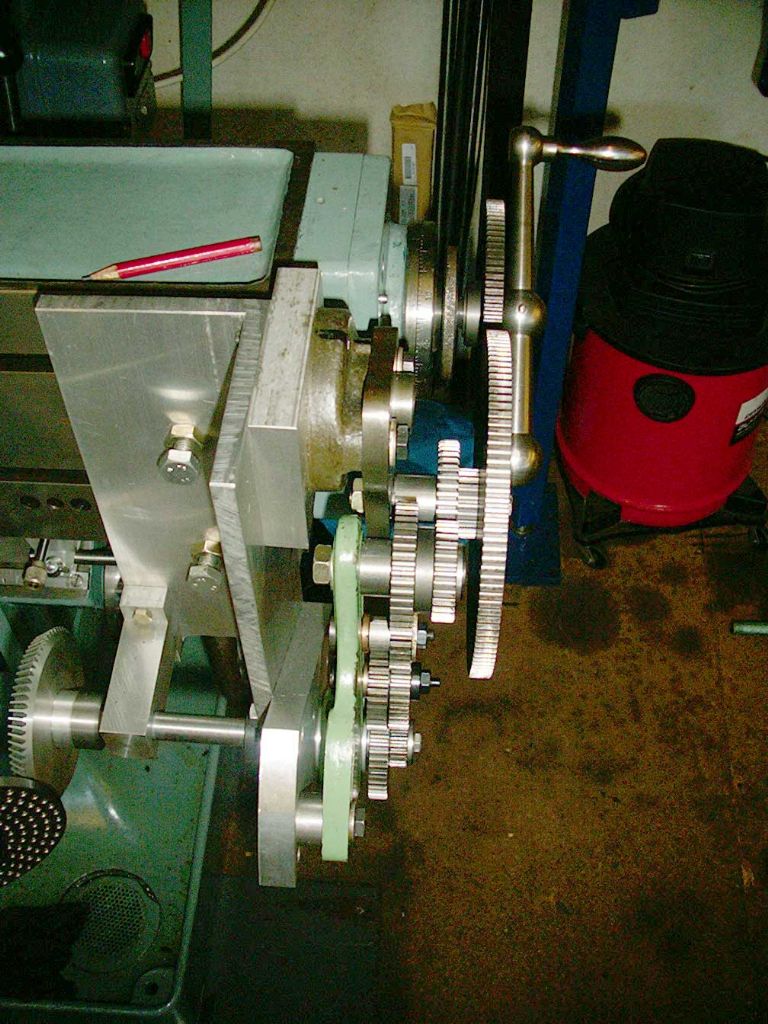


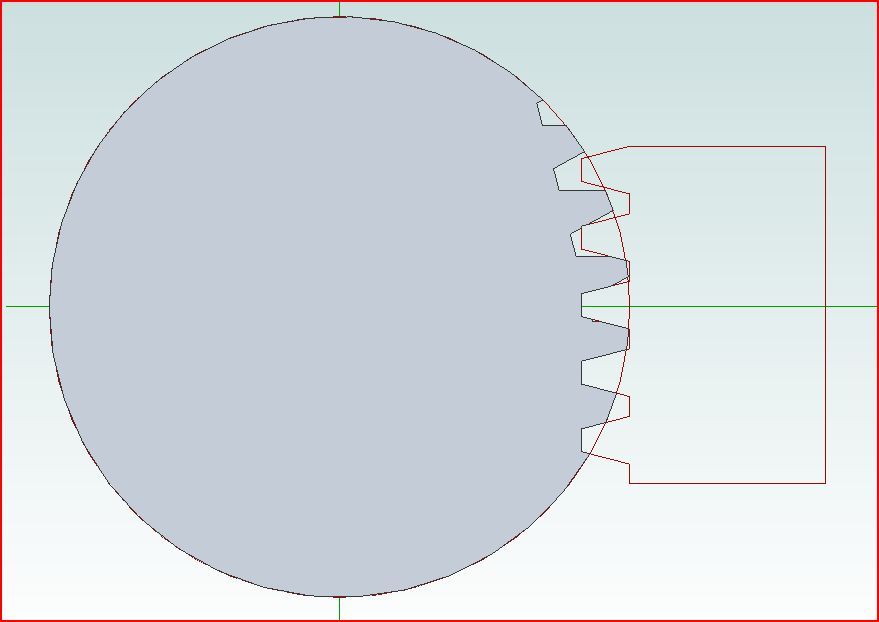
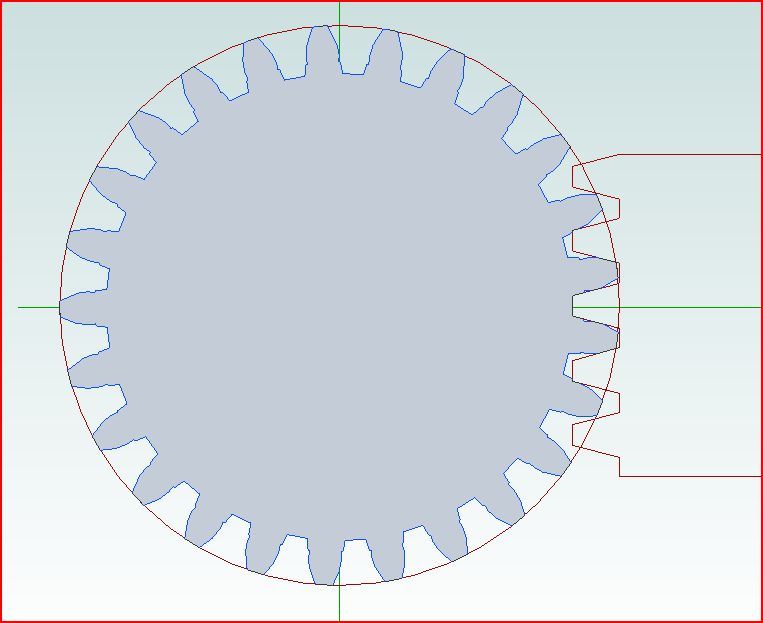


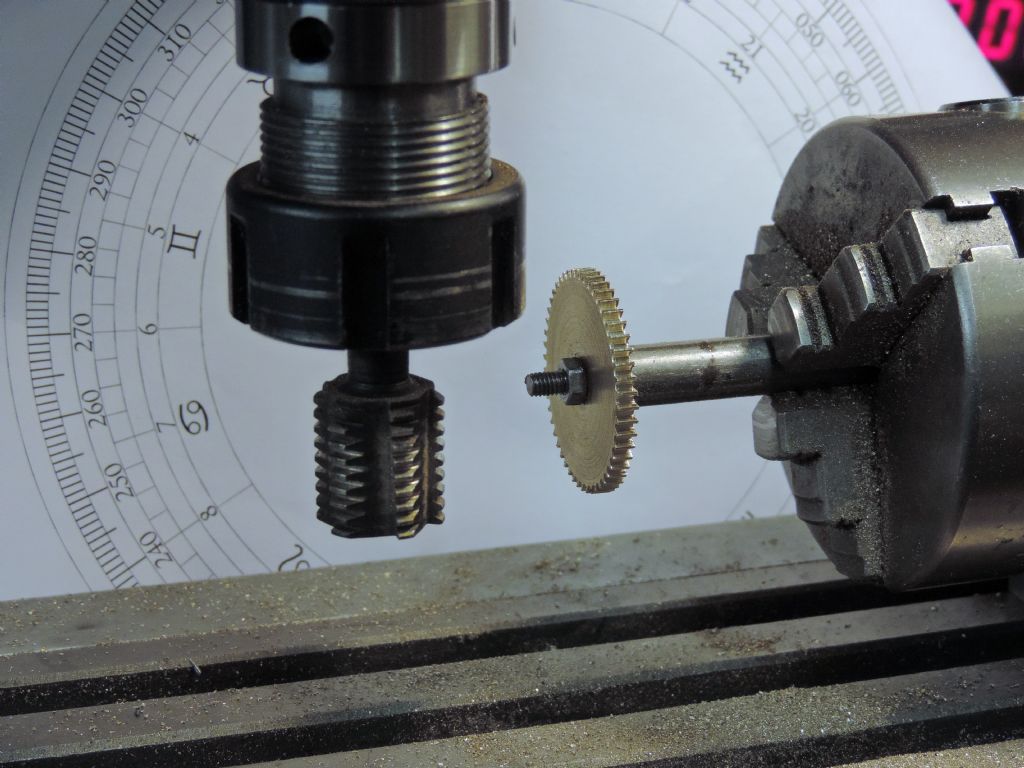









 Register
Register Log-in
Log-in


